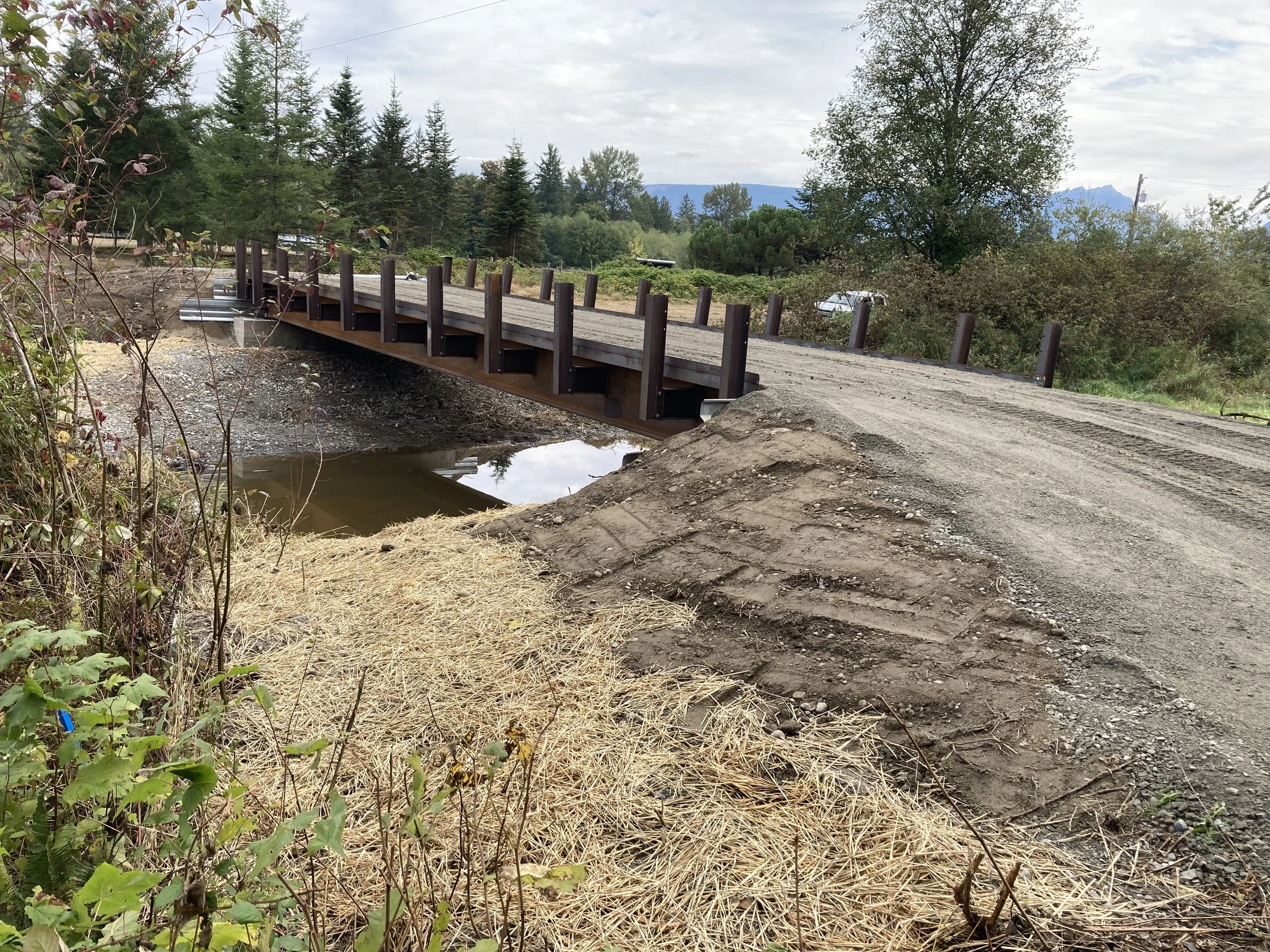New Sound Education Program
/As the school year gets underway, Snohomish Conservation District’s Youth Education Team is excited to announce the start of a new, four-part Sound Education Program for elementary school classrooms in Snohomish County and Camano Island!
Read More




















